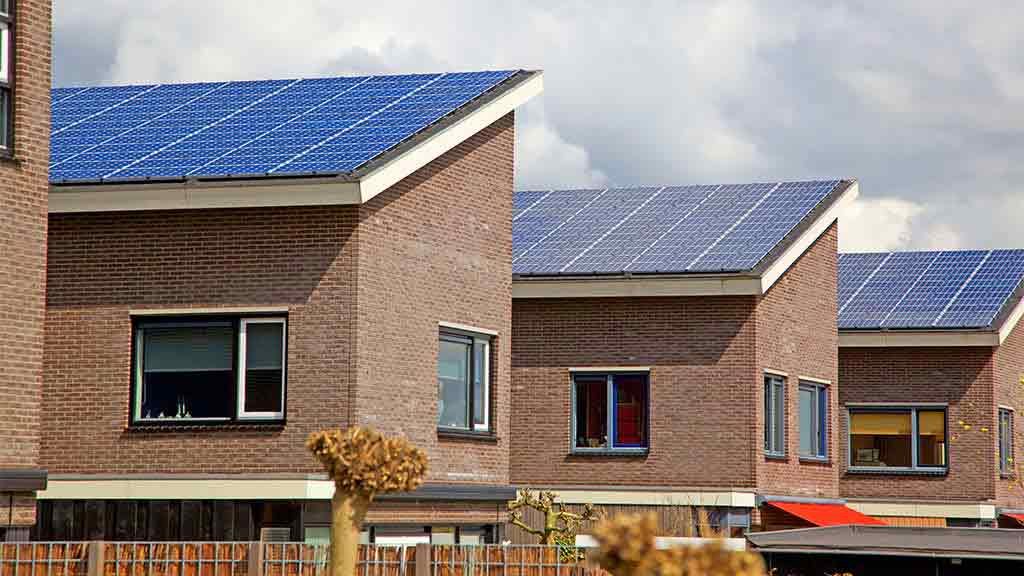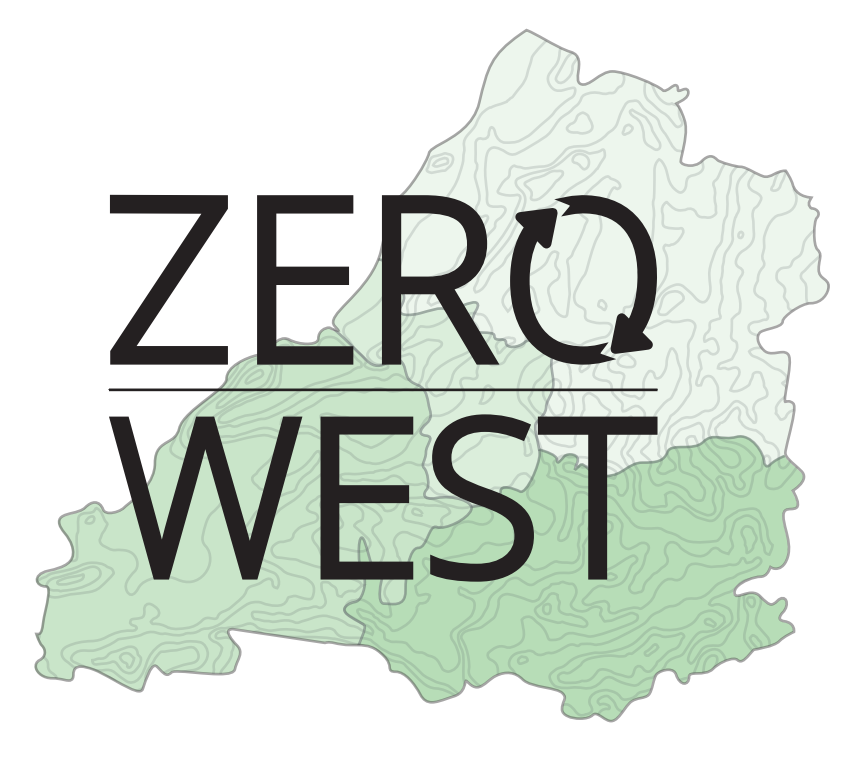Rooftop solar farms that allow neighbours to share kit are one way forward for community energy, and Bristol could soon grow one. David Saunders explains.
With the end of government subsidies, how can communities and community energy groups rise to the challenge from David Attenborough, Greta Thunberg and Extinction Rebellion to get even more serious about tackling climate change?
Switching to renewable energy is the obvious way to cut greenhouse gas emissions – and solar energy is already the cheapest energy source in most of the world. And solar panels on roofs can supply energy directly to households, bypassing transmission charges and the retail mark-up charged by energy companies. But government Feed in Tariff subsidies for solar energy ended on April 1st 2019. Have they done their work, so there is now a way forward without them?
Low Carbon Gordano have developed a number of community solar farms and solar rooftop arrays in the Bristol region. In 2017 they commissioned a feasibility study with Zero Carbon Bristol, to explore placing shared solar arrays across groups of roofs in a neighbourhood – working with Lockleaze Neighbourhood Trust, who helped Bristol Power Co-op put solar panels on 23 domestic roofs in Lockleaze in 2012-13 to explore community interest in rooftop solar.

Now they are one of five community groups accepted in the R&D phase of the Next Generation Community Energy Programme run by Power to Change. Over the next three months, these groups will be supported to test and strengthen their post-subsidy community energy business models, and potentially access a £100,000 grant to develop them. As the Next Generation website explains:
“Low Carbon Gordano propose to develop a model for distributed solar and local trading in an urban context. In partnership with Lockleaze Neighbourhood Trust, they are seeking to develop a model that enables the local community to own and operate a 1 Megawatt cluster of solar panels on 300 roofs in Bristol. The panels will be used to supply locally generated and affordable energy to 300 households. As well as bringing immediate financial savings to those struggling with energy bills, the highly replicable model will help to create community assets, raise aspirations and provide a platform for local residents to create climate resilience and develop local enterprise.”
The project is working with Bristol Energy Company, so that households taking part will receive a single energy bill for their household electricity and gas. It will show how much they have saved by getting some of their electricity at a discount from their own roof – or perhaps even from solar panels on neighbouring roofs.
Bristol Energy Network are holding an open meeting in Lockleaze on Wednesday June 19 at 6:30 to introduce the project. Book here.
And read more about the rooftop solar array here.

